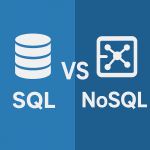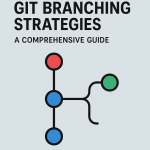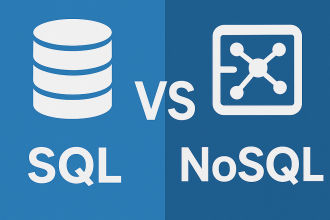In modern software development, managing databases efficiently is a crucial aspect of building scalable and maintainable applications. Object-Relational Mapping (ORM) is a powerful technique that simplifies this process, providing a bridge between relational databases and object-oriented programming languages. In this article, we’ll explore what ORM is, its benefits, and some popular ORM libraries you should consider using in your next project.
What is ORM?
ORM (Object-Relational Mapping) is a programming technique that enables developers to interact with a database using objects, rather than writing complex SQL queries. It abstracts the underlying database structure and provides a more intuitive, object-oriented approach to data management.
In simple terms, ORM allows you to work with databases using the same objects you use in your application code. For instance, if you have a User class in your code, the ORM will map it to a users table in the database, handling the conversion between these two representations behind the scenes.
Why Use ORM?
Here are some key reasons why developers choose ORM over traditional SQL-based approaches:
- Productivity – ORM reduces the amount of boilerplate code required to interact with databases, allowing developers to focus on core business logic.
- Code Readability – ORM abstracts SQL syntax, making your code more readable and maintainable.
- Database Independence – Many ORM tools support multiple database systems, providing flexibility if you need to switch databases in the future.
- Security – ORMs often include built-in protection against SQL injection, one of the most common web application vulnerabilities.
- Consistency – Using ORM ensures consistent database access patterns across your application.
Popular ORM Libraries
Depending on the programming language and framework you are using, there are several popular ORM libraries available:
- Python: Django ORM, SQLAlchemy, Tortoise-ORM
- JavaScript/Node.js: Sequelize, TypeORM, Prisma
- PHP: Eloquent (Laravel), Doctrine ORM
- Java: Hibernate, Spring Data JPA
- Ruby: ActiveRecord (Ruby on Rails)
Example of ORM in Action
To illustrate how ORM simplifies database interactions, let’s look at a basic example using Python’s Django ORM:
from django.db import models
class User(models.Model):
name = models.CharField(max_length=255)
email = models.EmailField(unique=True)
created_at = models.DateTimeField(auto_now_add=True)
def __str__(self):
return self.name
# Creating a new user
user = User(name="John Doe", email="john@example.com")
user.save()
# Fetching all users
users = User.objects.all()
print(users)In this example, the User model is mapped to a users table in the database, and Django handles all the SQL generation for creating, reading, updating, and deleting records.
Challenges and Considerations
While ORMs offer significant benefits, they also come with some challenges:
- Performance Overhead – ORM can introduce performance overhead compared to raw SQL in some cases.
- Complex Queries – Complex joins and aggregations can be more difficult to express using ORM syntax.
- Learning Curve – Mastering an ORM requires understanding both the ORM itself and the underlying database.
Conclusion
ORM is a powerful tool for modern software development, offering a cleaner, more maintainable way to interact with databases. By abstracting away much of the complexity of SQL, it can significantly speed up development and reduce errors. However, it’s essential to understand its limitations and choose the right ORM for your project to get the best results.
Whether you’re building a small web application or a large-scale enterprise system, ORM can be a valuable part of your technology stack. Consider experimenting with some of the popular libraries mentioned above to see how they can improve your workflow.




